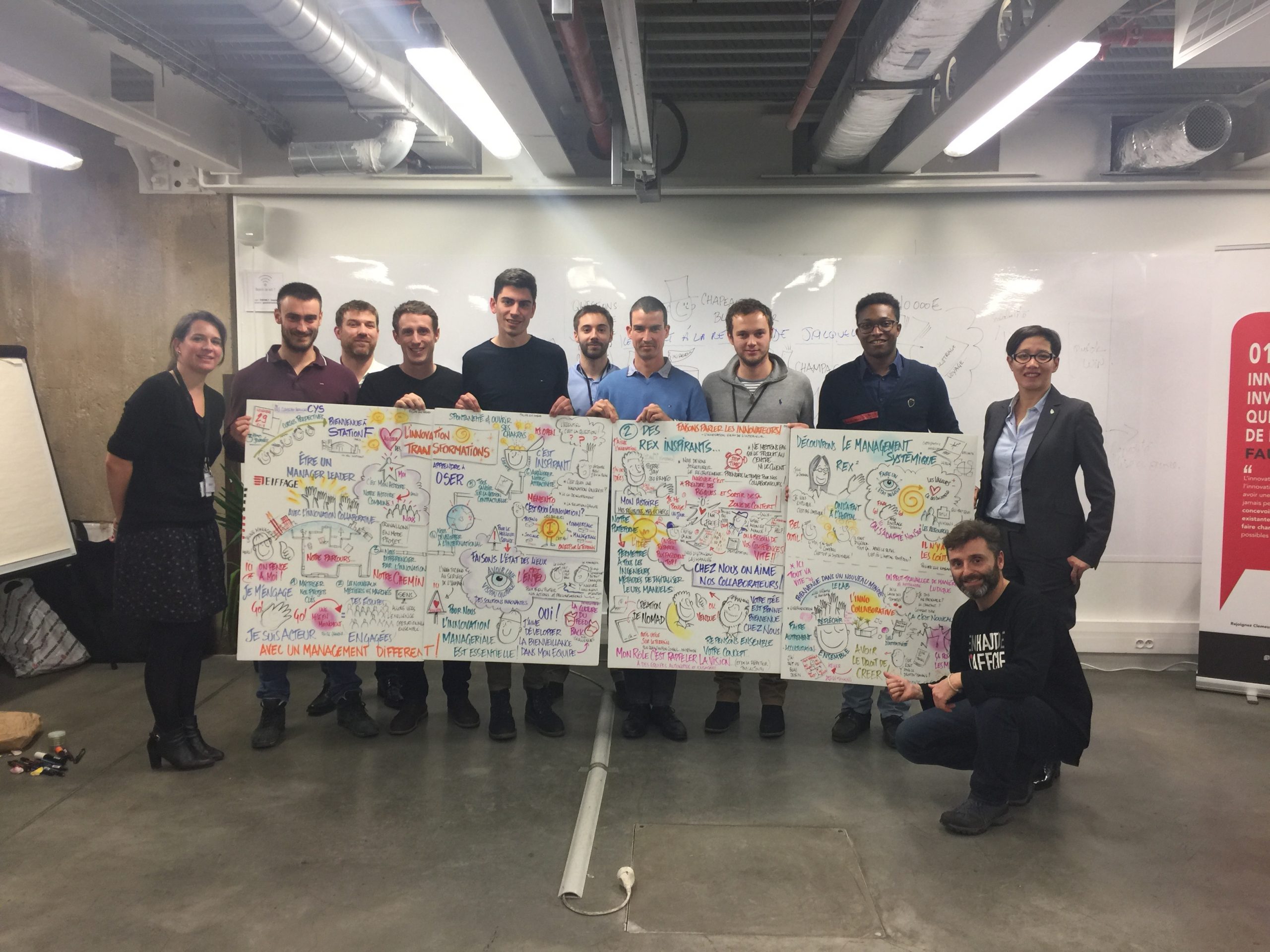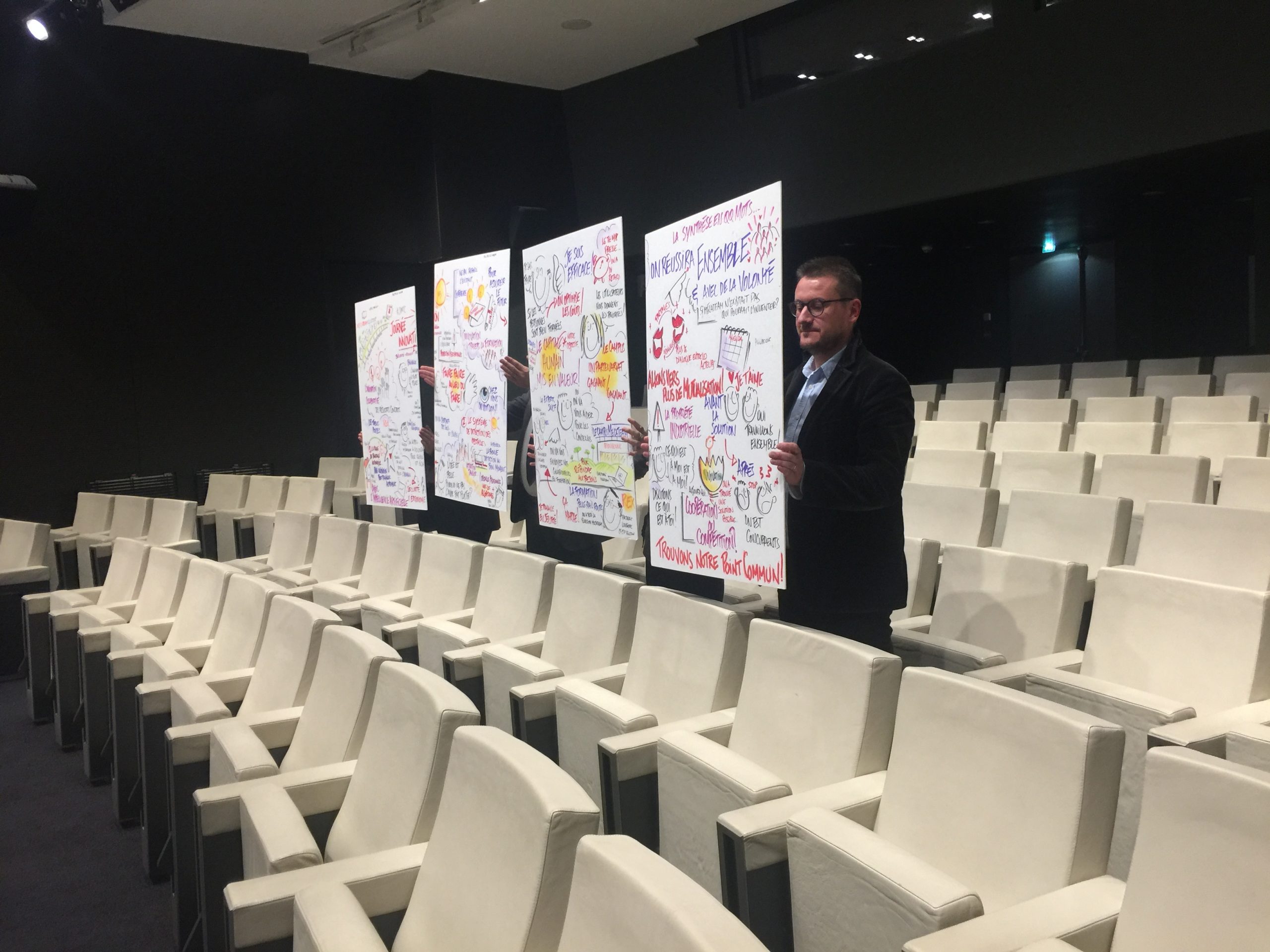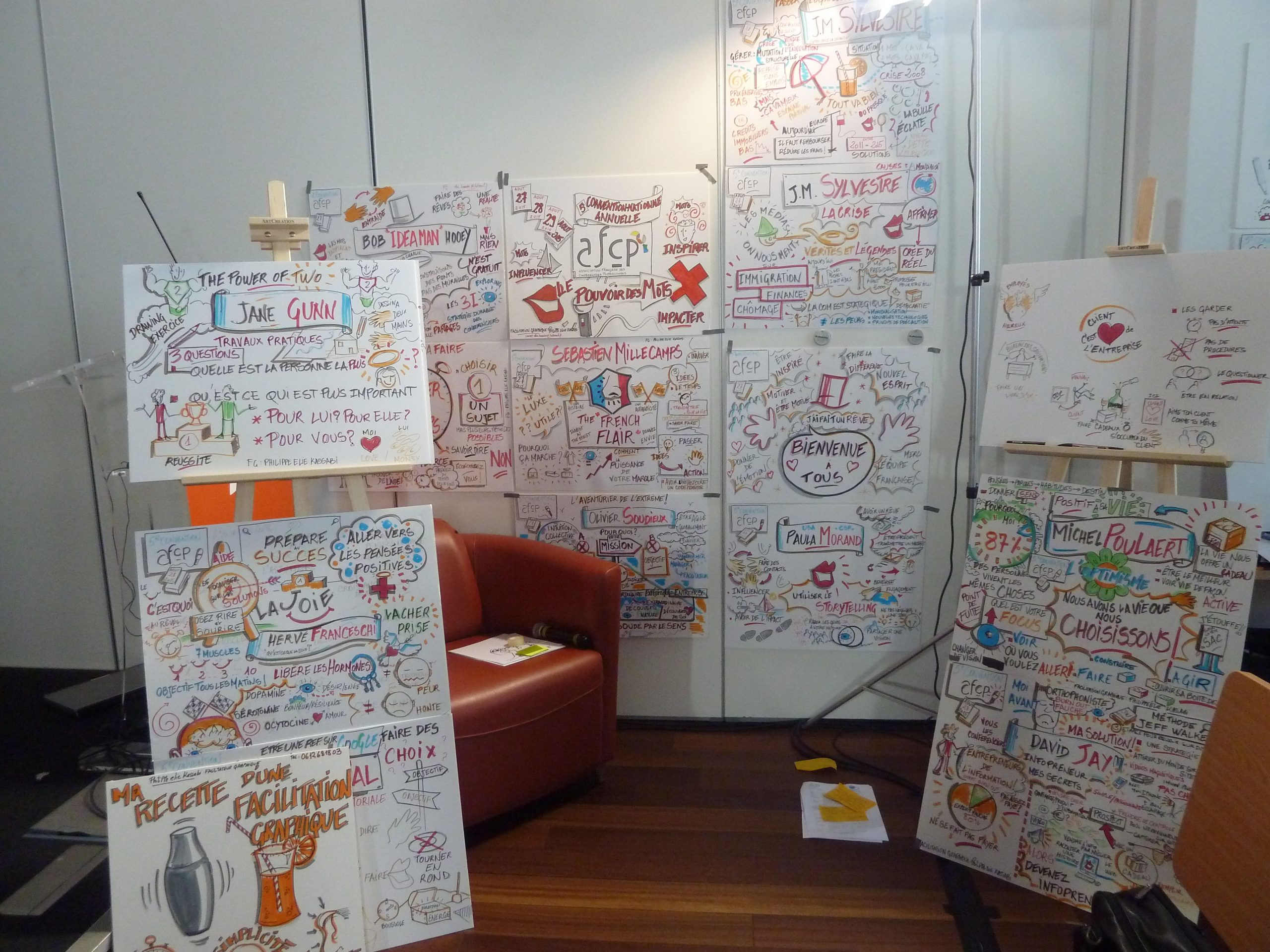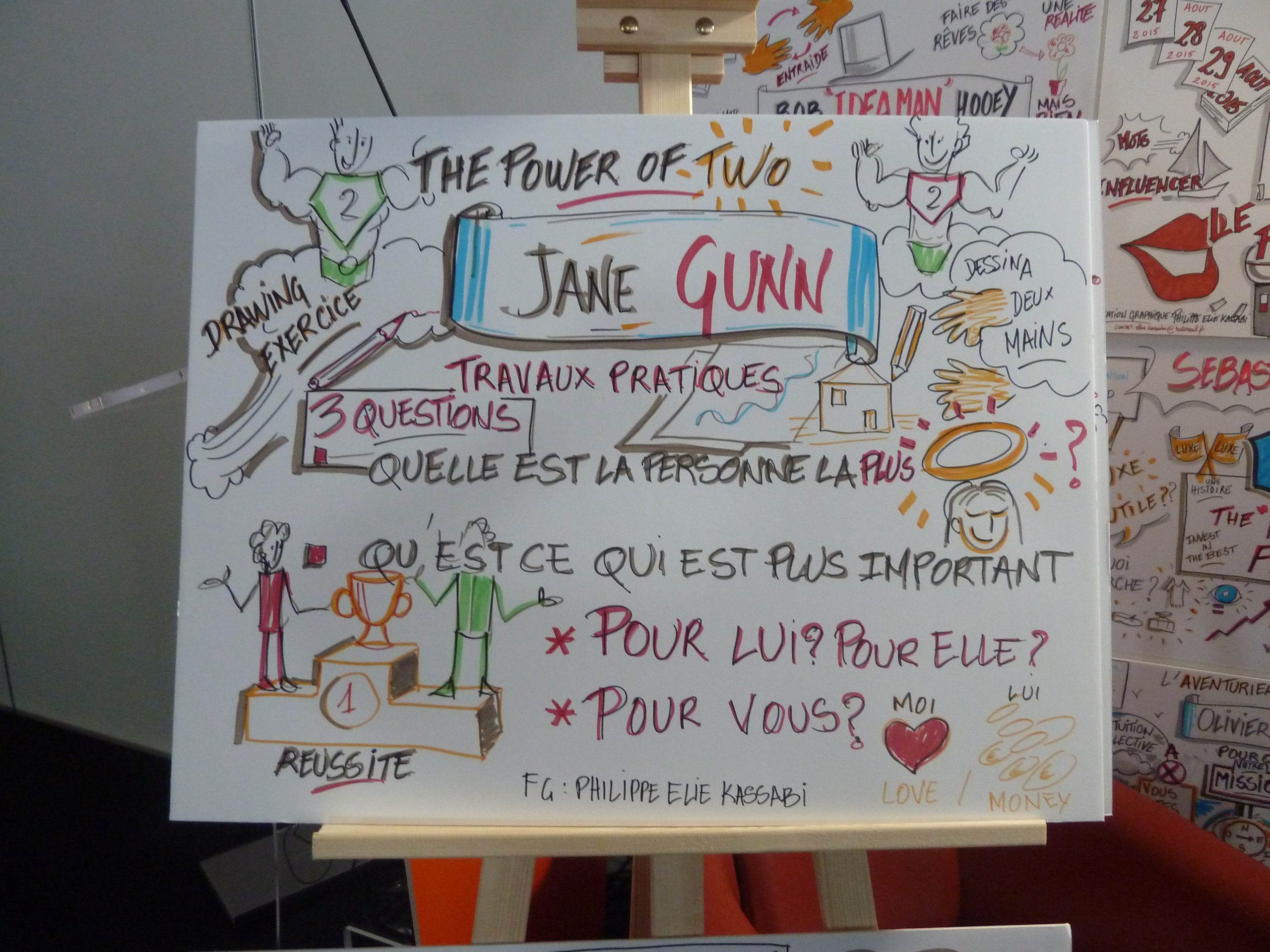Design thinking
EN HAUT DE L'AFFICHE
Design thinking
Design Thinking is the term used to designate all the methods and tools that help, faced with a problem or an innovation project, to apply the same approach as that which a designer would have. It is an approach to innovation and its management which aims to be a synthesis between analytical thinking and intuitive thinking. It relies heavily on a co-creativity process involving feedback from the end user. These methods were developed in the 1980s by Rolf Faste based on the work of Robert McKim.
Design thinking tries to get engineers and marketing professionals to work together with creatives. It is therefore a question of combining as much as possible analytical skills loaned to some with intuitive skills with which the others would be provided.
The stages of a design thinking process are:
- Identify a problem and understand its environment
- Find the concept, the idea that will solve it
- Design the form that will embody this concept
It is still a little conceptual, concretely the work in design thinking mode is organized around three logics:
- A logic of co-creation: a company that puts design thinking at the heart of its activity does not make its departments work in isolation, and on the contrary establishes a "cross-department" logic promoting collective intelligence
- An intellectual gymnastics alternating phases of intuition and analysis, in a logic of opening / closing
- A major importance given to the field study (ethnographic observation) which offers a full and complete understanding of the experiences, unlike the classic quantitative and qualitative studies.
+17000
Trained+14
Workshops+650
EventsOUR SEMINARS
DISCOVER



